
Activated carbon is added to the leaching tank, enabling the simultaneous occurrence of leaching and adsorption, namely leaching while adsorbing, which is referred to as the carbon-in-leach method (CIL). Developed based on the carbon-in-pulp method, it offers the advantages of reducing the number of leaching tanks and shortening the process flow. Consequently, it can cut down on capital construction investment and production costs. Leaching and adsorbing simultaneously improve the dissolution kinetics conditions of gold, faCILitating the leaching and adsorption of gold. The carbon-in-leach method mainly encompasses operations such as the Preparation of Leaching Raw Materials, Stirred Leaching and countercurrent carbon adsorption, desorption of gold-loaded carbon, Electrowinning and Electrolysis, smelting and ingot making, and carbon regeneration.
01 Preparation of Leaching Raw Materials
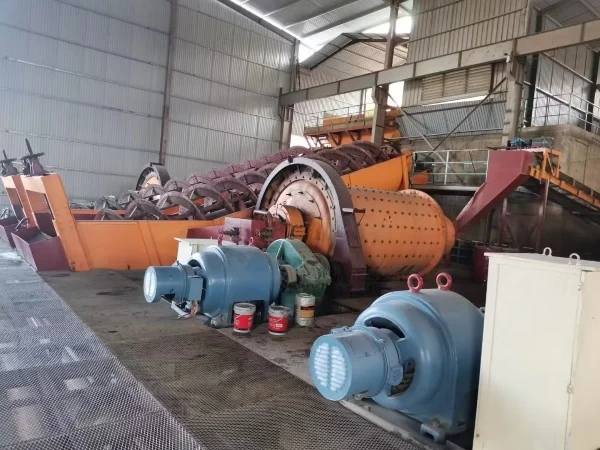
When the carbon-in-leach gold extraction process is adopted, the preparation of leaching raw materials involves physical crushing and grinding classification. Typically, in the carbon-in-leach gold extraction process, the fineness of the overflow from grinding classification is mostly such that 85 - 95% passes through -200 mesh.
02 Debris Removal Operation
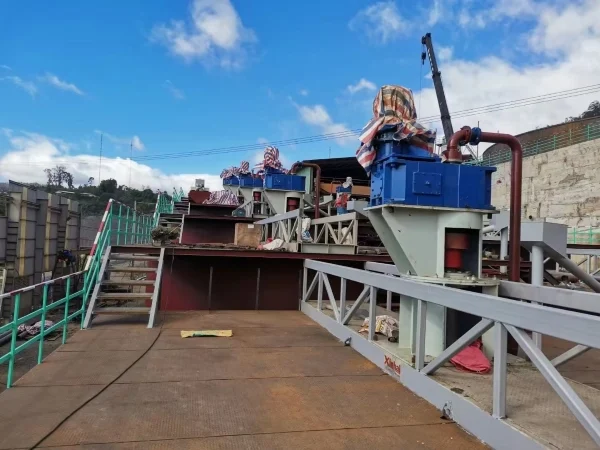
Wood chips and sundries in the pulp are likely to cause blockages in pipelines and screens. Moreover, they tend to adsorb gold in the pulp and mix it into the rich carbon. Therefore, they must be removed prior to leaching. If necessary, pulp thickening and the addition of scale inhibitors are required. The scale inhibitor can also reduce the scaling on the surface of activated carbon and the screen. Generally, two debris removal operations are set in the grinding process, respectively at the overflow of the first - and second - stage grinding classification. The debris removal equipment mostly employs medium - frequency linear vibrating screens. In the first debris removal operation, spiral screens and cylindrical screens can also be used. The screen hole size of the debris removal screen should be as small as possible while ensuring no overflow on the screen surface.
03 Pre - leaching Thickening Operation

When the overflow concentration of grinding classification is mostly 18 - 22%, it is not suitable for direct leaching, and pulp thickening must be carried out. It is advisable to use a high - efficiency thickener with a small footprint and high thickening efficiency.
04 Stirred Leaching and Countercurrent Carbon Adsorption
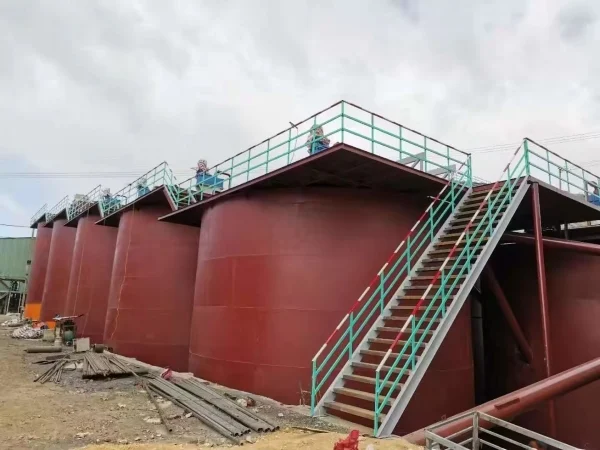
The carbon-in-leach method is characterized by the concurrent progress of gold leaching and adsorption operations. The number of leaching stages is generally 6 - 10 (the specifications and quantity of leaching tanks are determined according to the processing capacity of the concentrator). Since Sodium Cyanide is newly added to Tank No.1. the amount of gold leached is relatively small. Thus, most carbon-in-leach plants use Tank No.1 as the pre - leaching tank, and the subsequent tanks as the leaching and adsorption tanks. Each leaching and adsorption tank is equipped with a carbon - separating screen to separate carbon and pulp. The pulp flows forward, and the activated carbon flows backward, that is, the pulp and activated carbon are in countercurrent adsorption. Fresh activated carbon is added from the last leaching and adsorption tank, and the gold - loaded carbon is discharged from the first leaching and adsorption tank. The activated carbon becomes gold - loaded carbon by adsorbing gold in the pulp. After the adsorption is completed, the pulp containing gold - loaded carbon is fed to the carbon - extracting screen by an air lift. The carbon - extracting screen separates the activated carbon and the pulp. After screening and rinsing, it is sent to the desorption and electrowinning operation. After adsorption by this method, the gold grade of the pulp solution is generally 0.01 - 0.03g/m³. Generally, the commonly used activated carbon is mostly coconut - shell activated carbon, which has small cavities, high activity, wear resistance, and renewability. It has excellent adsorption performance and abrasion - resistance strength, can increase the adsorption rate by 30%, greatly improve the recovery rate of gold in associated metals, and significantly enhance economic benefits and production efficiency.
05 Desorption of Gold - loaded Carbon, Electrowinning and Electrolysis
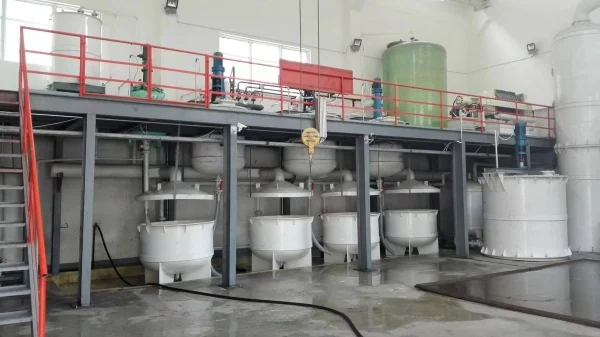
The gold - loaded carbon and pulp are lifted to the carbon - separating screen (generally a linear vibrating screen) by a carbon - extracting pump or an air lift. They are rinsed with clean water on the screen to separate the carbon and the pulp. The gold - loaded carbon enters the carbon - storage tank, and the pulp and rinsing water enter the first - stage adsorption tank. There are several desorption methods for gold - loaded carbon. Currently, the high - temperature and high - pressure desorption method is commonly used. That is, an anion that is easily adsorbed by activated carbon is added to the desorption system to displace Au(CN)₂⁻ and achieve the desorption of gold. The precious liquid obtained by desorbing the gold - loaded carbon is recovered by ionization to obtain solid gold.
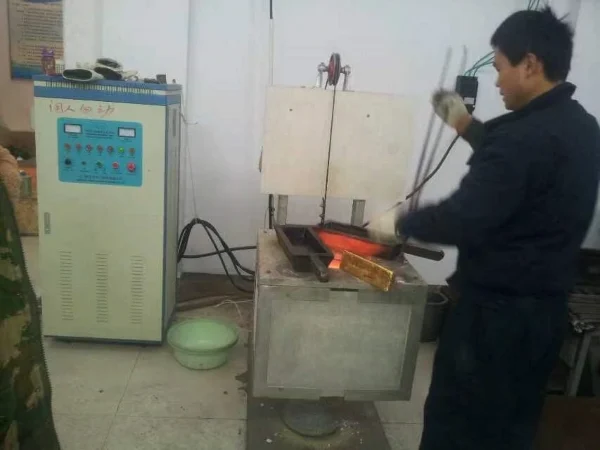
- Random Content
- Hot content
- Hot review content
- Sodium Ethyl Xanthate 90% SEX
- Lead nitrate 99%
- ENVIRONMENTAL MANAGEMENTSYSTEM CERTIFICATE
- Flexible Customer and Supplier Relations Specialist (Location: Nigeria)
- Sodium Isopropyl Xanthate 90% SIPX
- Dithiophosphate 25S
- Acetone
- 1Discounted Sodium Cyanide (CAS: 143-33-9) for Mining - High Quality & Competitive Pricing
- 2China's New Regulations on Sodium Cyanide Exports and Guidance for International Buyers
- 3Sodium Cyanide 98% CAS 143-33-9 gold dressing agent Essential for Mining and Chemical Industries
- 4International Cyanide(Sodium cyanide) Management Code - Gold Mine Acceptance Standards
- 5China factory Sulfuric Acid 98%
- 6Anhydrous Oxalic acid 99.6% Industrial Grade
- 7Oxalic acid for mining 99.6%
- 1Sodium Cyanide 98% CAS 143-33-9 gold dressing agent Essential for Mining and Chemical Industries
- 2High Quality 99% Purity of Cyanuric chloride ISO 9001:2005 REACH Verified Producer
- 3Zinc chloride ZnCl2 for High Molecular Weight Polymers Initiator
- 4High Purity · Stable Performance · Higher Recovery — sodium cyanide for modern gold leaching
- 5High Quality Sodium Ferrocyanide / Sodium Hexacyanoferr
- 6Gold Ore Dressing Agent Safe Gold Extracting Agent Replace Sodium Cyanide
- 7Sodium Cyanide 98%+ CAS 143-33-9

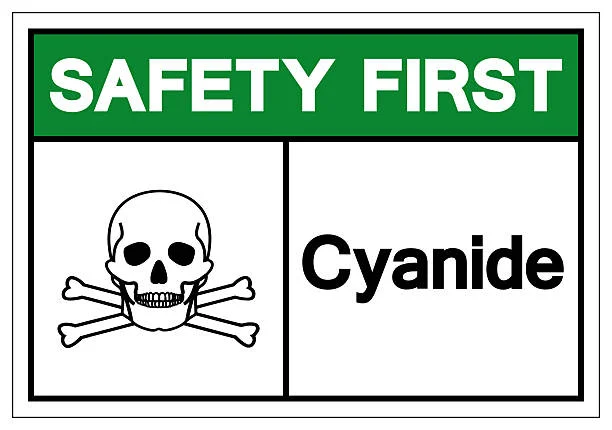
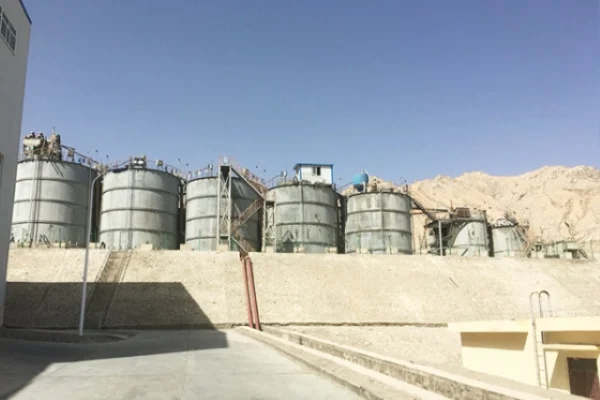
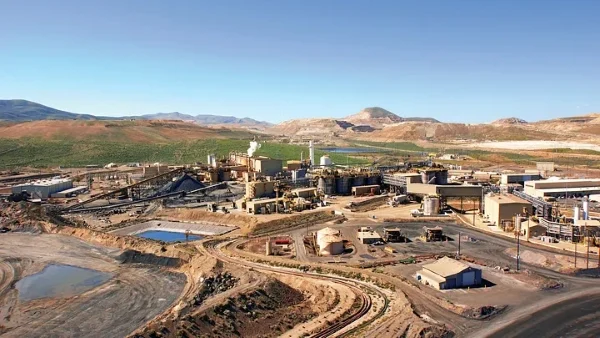

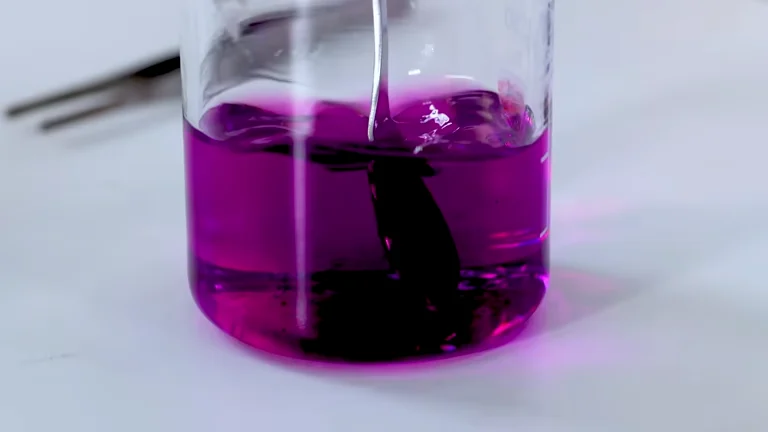

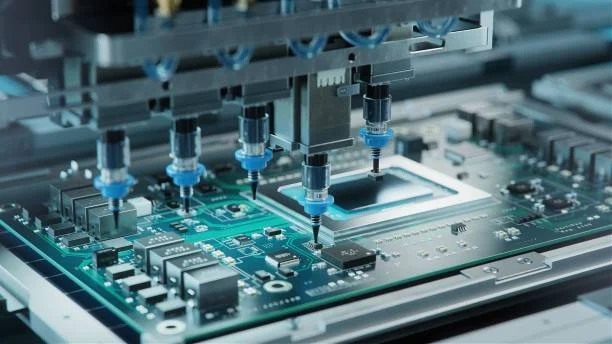



Online message consultation
Add comment: